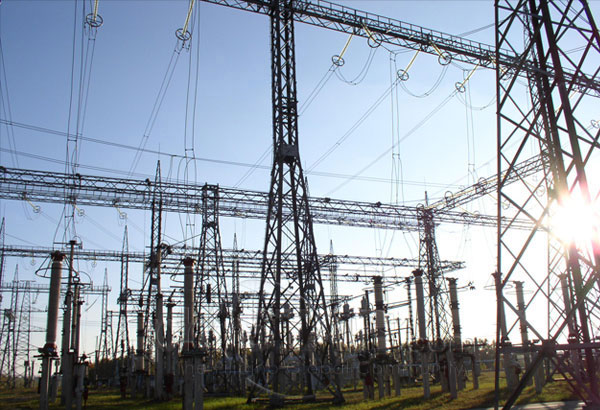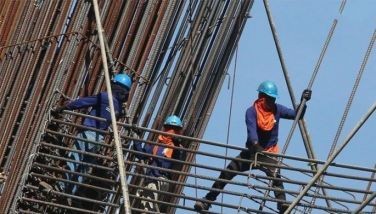Despite growth, Phl needs to do more – ADB
MANILA, Philippines - Despite the four straight quarters of at least seven percent growth, the Asian Development Bank (ADB) said the Philippines should not rest on its laurels as more tasks need to be accomplished.
The country’s robust economic growth path was stamped by an investment upgrade by international credit rating agency Moody’s. Earlier, various domestic and international financial institutions upgraded their economic forecasts for the country’s gross domestic product (GDP).
But ADB vice president Stephen P. Groff pointed out that not everything has changed for the better.
“Surging economic growth has failed to reach all corners of society. (The Philippines) still has to tackle inequality and make Philippine growth more inclusive,†Groff said in a social business summit in Bulacan.
In their preliminary assessment in achieving the Millennium Development Goals (MDG) targets, the Philippines’ record has been mixed, he said.
The ADB official said the Philippines is making good MDG progress as measured by indicators connected with malaria prevalence, under-five and infant mortality, and access to sanitary toilet facilities.
However, the country would likely miss indicators for maternal mortality, primary school completion, tuberculosis death rate, and immunization of one-year-olds against measles.
Nearly one-third of children under age five suffer from moderate to severe stunting due to malnutrition, and the incidence of poverty during the first half of last year showed no statistical improvement since 2006.
The National Economic and Development Authority (NEDA) reported that the poverty incidence reached 27.9 percent as of the first semester of 2012. And at the start of 2013, the unemployment rate remained at 7.1 percent and an underemployment at 20.9 percent.
Groff said a large share of the labor force toils in the informal sector, enduring long work hours without basic social protection, jobs benefits and a reliable income.
“Clearly there is much to be done – and done more urgently,†the ADB official said.
It should also be noted that the country’s average annual improvement on the Human Development Index, 2000-2012, was lower than other middle-income countries in Southeast Asia.
Groff acknowledged efforts by the national government to reduce poverty. “But it was not enough to break down barriers that hold back a sustainable progression out of poverty.â€
The key is the active participation of the private sector in creating employment opportunities and delivering basic services through social enterprises.
There are roughly 30,000 social enterprises in the Philippines, including a broad range of cooperatives, non-government organizations (NGOs) pursuing profit-making initiatives, microfinance providers, and fair trade groups.
Many have been around long before use of the term “social enterprise†became widespread. Most are small with a localized focus, lacking the capacity, resources, or desire to scale up operations to reach much larger numbers of beneficiaries.
A social enterprise is a business that trades for a social and/or environmental purpose. It has a social mission, and it has clear rules about what it does with its profits, reinvesting these to further the ‘social mission.’
- Latest
- Trending


























